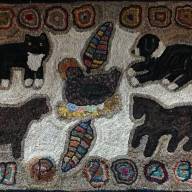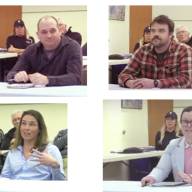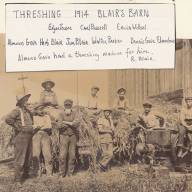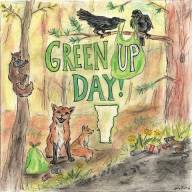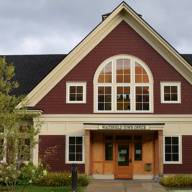Did anyone else heave a sigh of relief on Tuesday night when temperatures finally dropped and actively battling/avoiding the excessive temperatures of the last few days was no longer necessary?
Who else retreated to their basement for temporary respite or for cooler sleep during this intense hot spell? And who else felt their shoulder unclench at the thought of sleeping with delicious cool air flowing in the windows, necessitating covers for the first time in days?
It’s not that uncommon to have a week or so of extremely hot and humid weather in June in Vermont. This kind of weather is not generally the norm in August. While the garden loved it, it was pretty oppressive for humans and our four-legged friends.
Local swim holes also told the tale of a lot of overheated people seeking a way to cool off. It’s probably safe to guess that while more and more people have heat pumps (with air conditioning) in their homes these days, most people do not yet have air conditioning and make due with fans, basements and sitting in the shade hoping for a breeze during days like these.
It’s no secret that Vermont’s climate is changing and we can expect warmer summer temperatures, warmer winters, fewer weeks of frost, more extreme weather events with all the attendant side effects on rivers, fish, and all our flora and fauna.
More extreme weather means more drought and also more flooding. Warmer temps will mean shorter winters and less snowfall. There are some projections that suggest that if climate change is not mitigated, Vermont’s climate could mirror Virginia’s in 50 to 100 years.
We are fortunate here in The Valley and also locally that climate change is being taken seriously and there are multiple initiatives to work towards mitigation. The Friends of the Mad River/Mad River Valley Planning District Community Climate Chat this week detailed a lot of that work. That event also highlighted how interconnected climate is to walkable villages, compact development patterns, alternative ways of getting around, (and the infrastructure to support that) more public transportation and more work to slow the flow of stormwater during heavy rain events. That work demonstrates that there is a lot of work and education to be done, but we’re trying.



